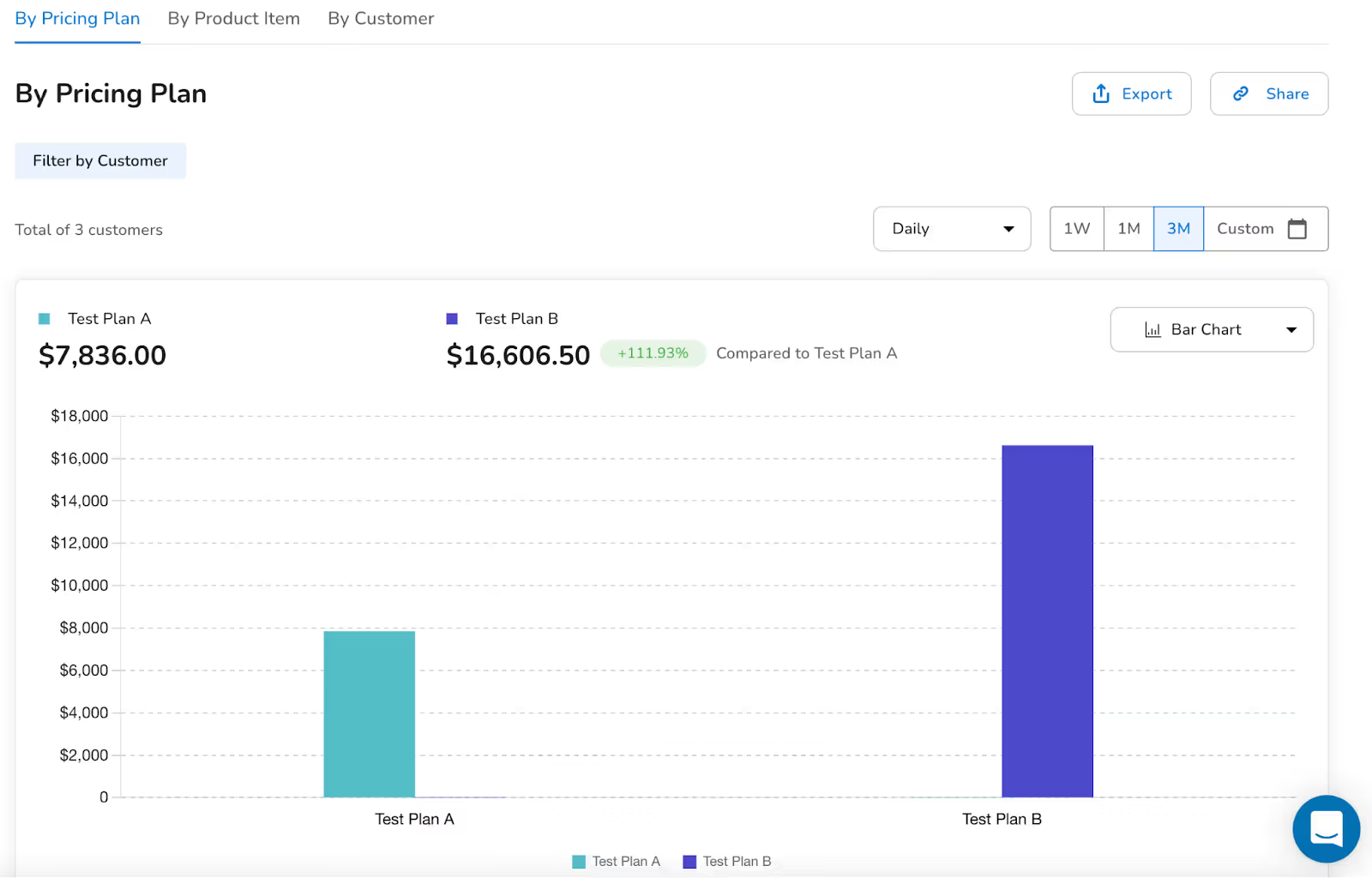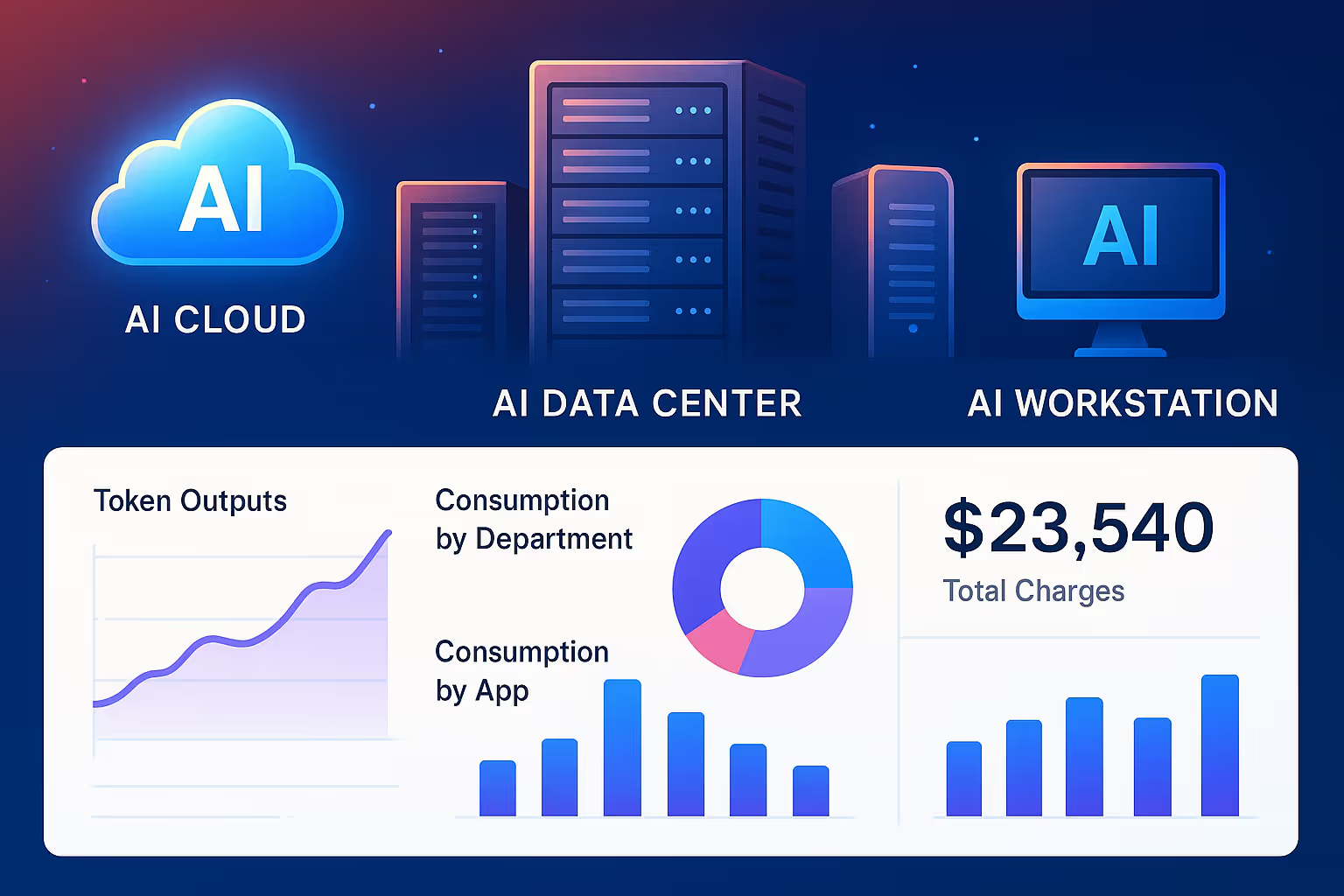Price Modeling exists to create predictability and offer an analytical framework to test, evaluate, and improve usage-based pricing plans based on real-world usage data, rather than gut instinct.Whether a company is just starting out with usage-based pricing or looking to react to changing customer behaviors and economic conditions as we are seeing now, Price Modeling is an indispensable tool. Users can forecast and compare the impact and performance of different pricing plans by simulating the plans on real historical usage data from the Metering service.
In order to capture the full value that Price Modeling offers, it is crucial to have a deep store of historical usage data. This is why we advise companies to deploy metering throughout their technology stack first, before moving on to tackle pricing and billing. Our co-founder and CEO Puneet Gupta shared this article on TechCrunch detailing how to use Price Modeling to intelligently build and refine usage-based pricing models using historical data from the Metering service, the same strategy pioneered at AWS. For more information on developing a comprehensive metering strategy, see this article here.
After saving and running a model, the output can be drilled into several ways – comparing top-line revenue across plans, showing plan results broken down by customers, and segmenting revenue by product item. Use these results to inform decisions around packaging and pricing for usage-based offerings. As the business grows and usage patterns evolve, continue to test and experiment with this tool to ensure your pricing model remains optimal.

Price Modeling Updates
We’ve made several recent improvements that allow for more flexible analysis and faster iteration when modifying and evaluating plans.
Users can now edit pricing plans directly from Price Modeling without leaving the model view. When a product item is selected to be modified, the user will be redirected to edit the product item rate. After making the desired changes and saving, they will be brought back to the model where the changes are applied automatically.
Users can also now simulate a single pricing plan without specifying additional plans for comparison. Remove noise and distractions from your model and drill down into the forecasted performance of one plan at a time. This can be useful for analyzing the performance of an active pricing plan over different time ranges of historical usage data to identify seasonal trends and correlate usage patterns to financial results.

As usage-based pricing enters the mainstream and continues to gain adoption, many companies will attempt and stumble with usage-based pricing. A Price Modeling tool for visualizing and optimizing plans before deployment can help ensure your plans are optimal for your customers and your bottom line. For more information on how to build price models in Amberflo, see our documentation here.





.svg)

